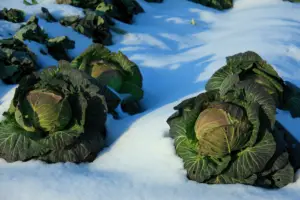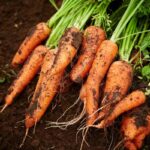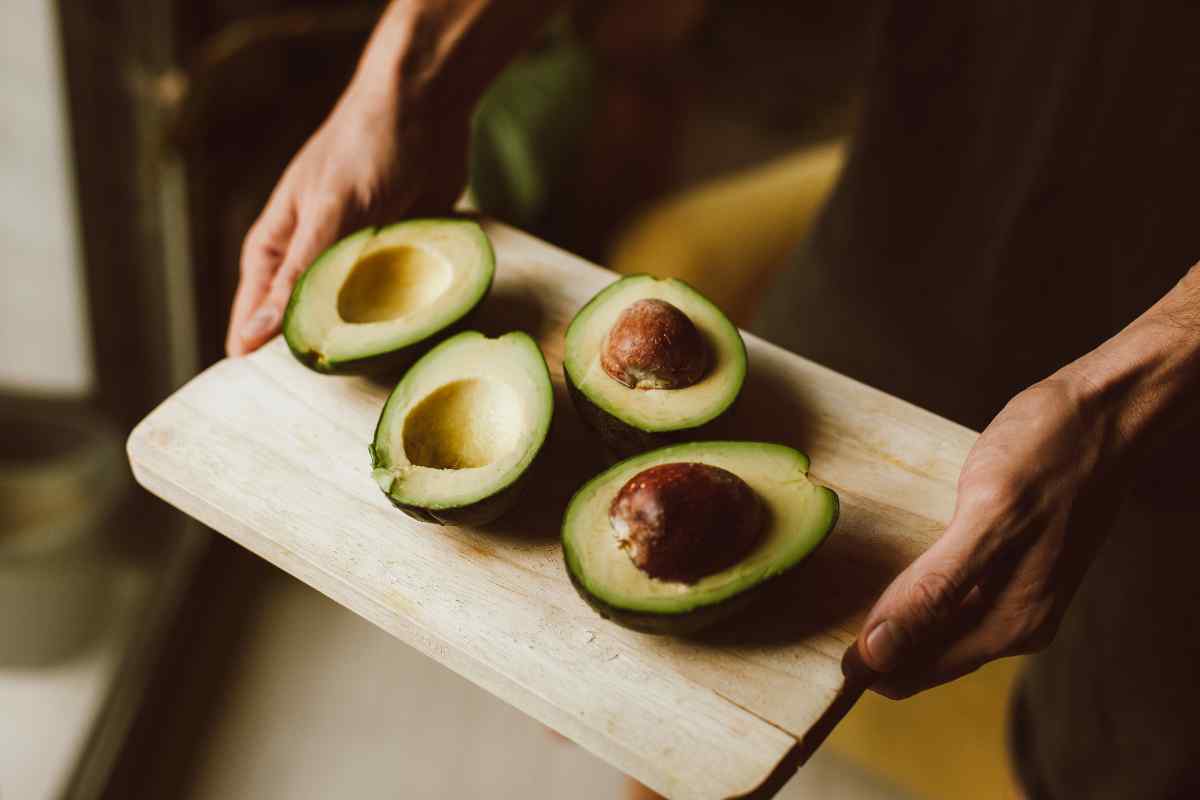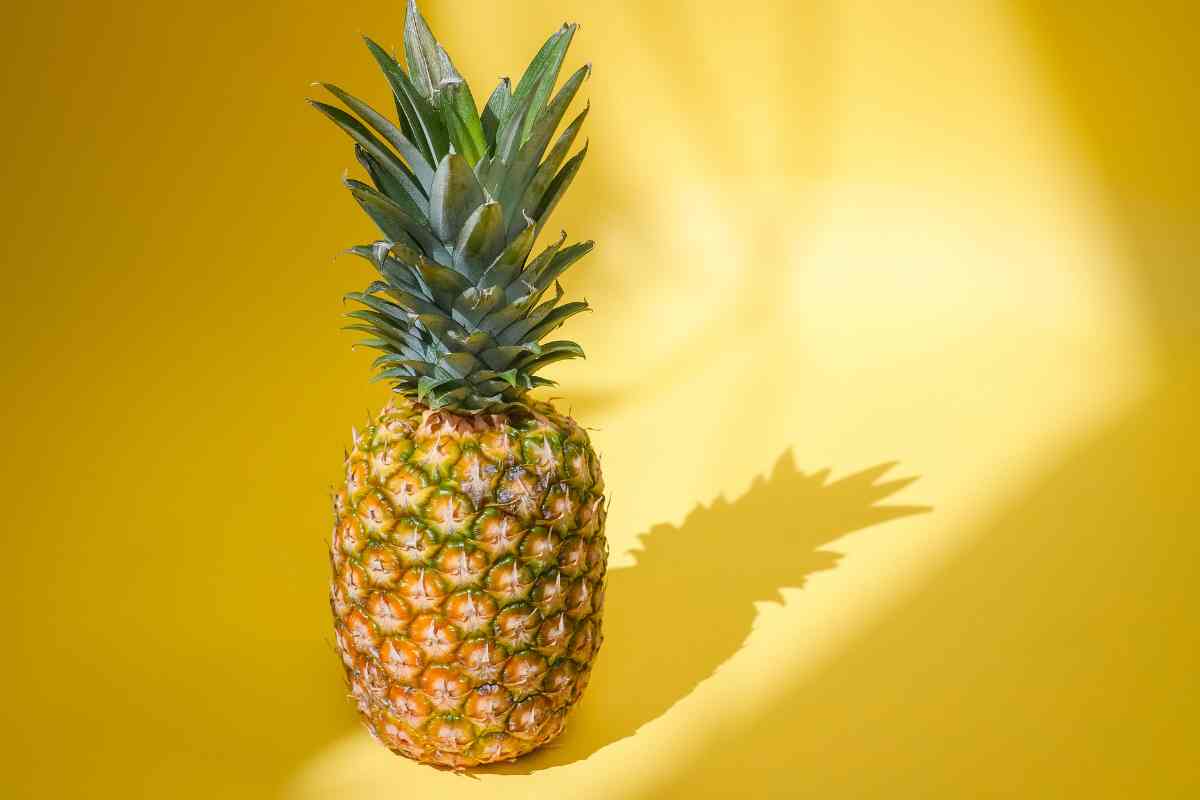A majority of fruits have seeds, but there are some seedless options. For example, bananas and some types of grapes are seedless. Farmers can also breed fruit that does not have seeds. That is why you can find seedless watermelons at the market, despite them naturally containing seeds in the wild.
In this article, you’ll learn more about what fruits have seeds and what don’t.
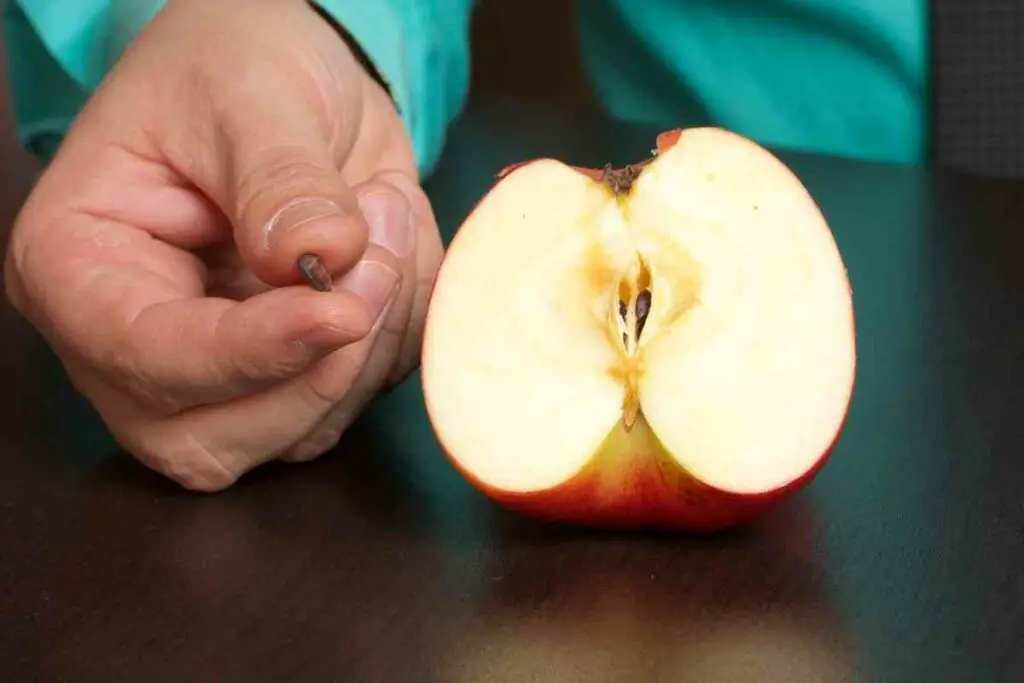
Plus, we made sure to cover the fruits farmers frequently make seedless.
Table of Contents
What Fruits Have Seeds?
Most fruits have seeds, although they don’t need to count as fruit.
These are the most popular fruits that you’ll find seeds in:
- Apples
- Avocados
- Cherries
- Kiwis
- Oranges
- Peaches
- Pears
- Pomegranates
- Pumpkins
- Watermelons
Some fruits also have more seeds than others.
For instance, watermelons and strawberries have tons of seeds, while peaches have a single pit in their center. When it comes to pomegranates, you’re only eating the seeds.

Overall, most fruit you encounter will have at least one seed. Some have just ten, and others have thousands!
Most people avoid eating seeds, although that’s not possible in fruits like raspberries, which contain many tiny seeds. You’ll want to know what ones you can and can’t eat.
What Fruits Have Edible Seeds?
Not all the seeds you find in your food are edible; some are even toxic.
You’ll need to avoid eating the seeds and pits from apples, peaches, cherries, and plums as they contain very small amounts of cyanide.
While eating a very tiny amount of seeds won’t hurt you, ingesting many of them can be harmful.

These fruits have seeds that are safe for you to eat, whether you cook them or eat them raw:
- Blueberries, blackberries, raspberries, strawberries, etc.
- Cantaloupe
- Honeydew
- Kiwis
- Passion fruit
- Pumpkins (most people prefer to roast their pumpkin seeds for texture)
- Watermelons
For fruits like strawberries and raspberries, the seeds are embedded in them.
However, they’re small enough that most people don’t even realize they’re eating the seeds. These sorts of seeds are safe to eat.
Does Having Seeds Make a Fruit a Fruit?
A few essential characteristics make a piece of produce a fruit.
However, many people mistakenly believe that having seeds make food classified as a fruit. Fruits often contain seeds since they grow from flowers but don’t necessarily have to.
In actuality, fruit is the food that grows from the flower of a plant, while the rest of the plant is vegetables.

This could include stems, leaves, and roots. For instance, strawberries grow from the flower after it’s pollinated, while asparagus is the stem portion of a plant.
Although cucumbers, bananas, and kiwis look vastly different, they’re all fruits because they grow from the flower of their plant.
Most commercial bananas don’t have seeds, but that doesn’t mean they aren’t fruit!
In Short – Having seeds doesn’t always mean that something’s a fruit. You’ll want to consider where the food came from to determine whether it’s a fruit or a vegetable.
What Fruits Don’t Have Seeds?
Not every single type of fruit will have seeds.
Here are a few fruits that grow without having any seeds naturally:
- Bananas
- Coconuts
- Grapes
- Pineapples
- Some citrus fruits
- Some cucumbers
You may notice very tiny seeds in bananas and cucumbers, although storebought versions of them usually don’t have seeds anymore.
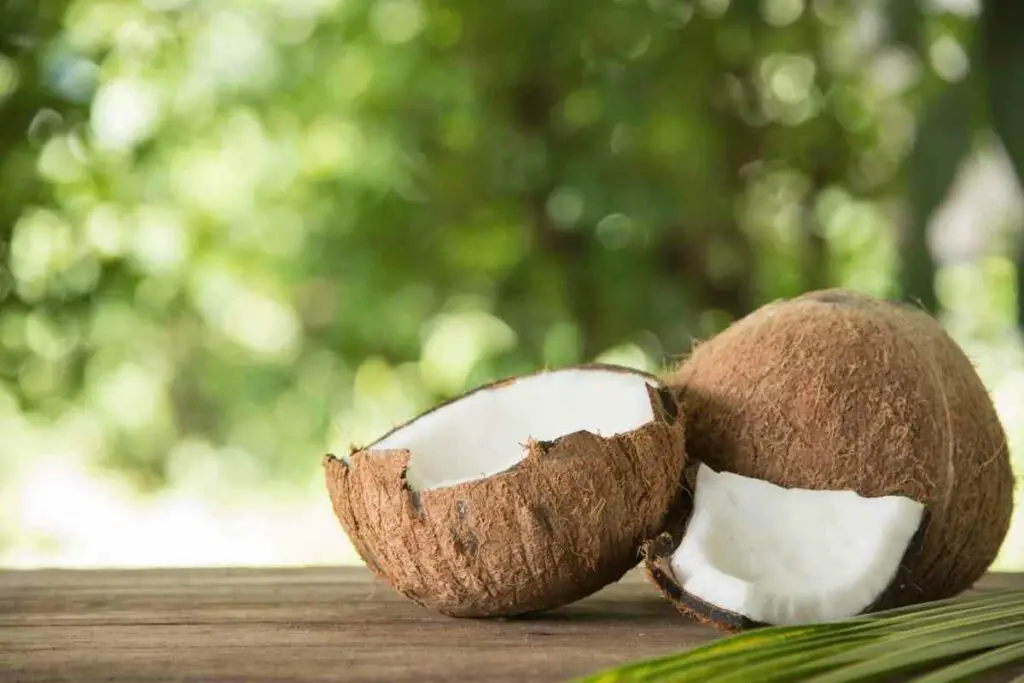
Since they’re mostly commercially grown today, these fruits have stopped producing seeds because they don’t really need to anymore.
Farmers propagate them now to grow more, which creates sterile clones of a single type of fruit.
For Example – All the bananas you find in the store today are from the same breed— Cavendish. Any species of fruit can become seedless when grown like this eventually.
Why Don’t All Fruits Have Seeds?
Not all fruits will have seeds, although there are a few different causes.
In most cases, people slowly bred the fruit to be that way because it offers many advantages. Removing the seeds might’ve made the fruit more enjoyable or increased the plant’s yield.
This process isn’t something that happens overnight. Historians suspect that the seedless grape originated in Ancient Rome, later brought to the U.S. in the 1870s.
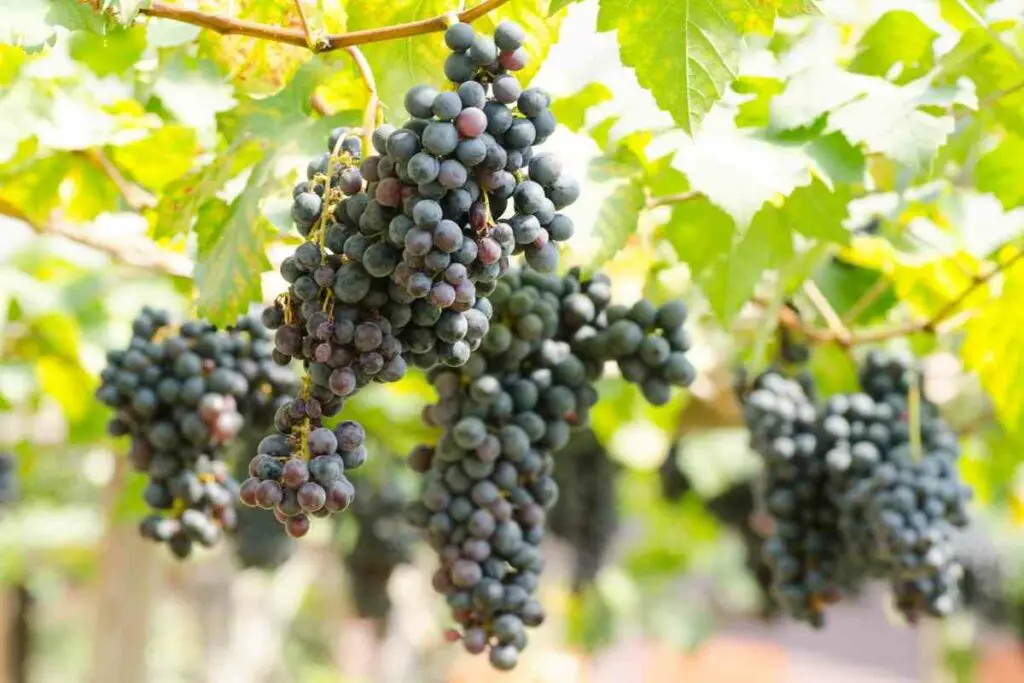
Seedless bananas likely became that way around 650 AD, when African farmers crossbred two different breeds of them together.
So, not all fruits will have seeds because, with the help of people, they no longer need them to reproduce.
Instead – Farmers would propagate the plants to make them reproduce. Without our influence, these fruits would likely still carry their seeds.
What Fruits Aren’t Naturally Seedless?
Farmers bred plenty of foods to lose their seeds over time, so most seedless fruits didn’t start out that way.
Grapes, watermelons, and bananas are the most common examples of this. However, you can technically make just about any fruit seedless.
There are two ways to make a fruit seedless, including stimulated or vegetative parthenocarpy.
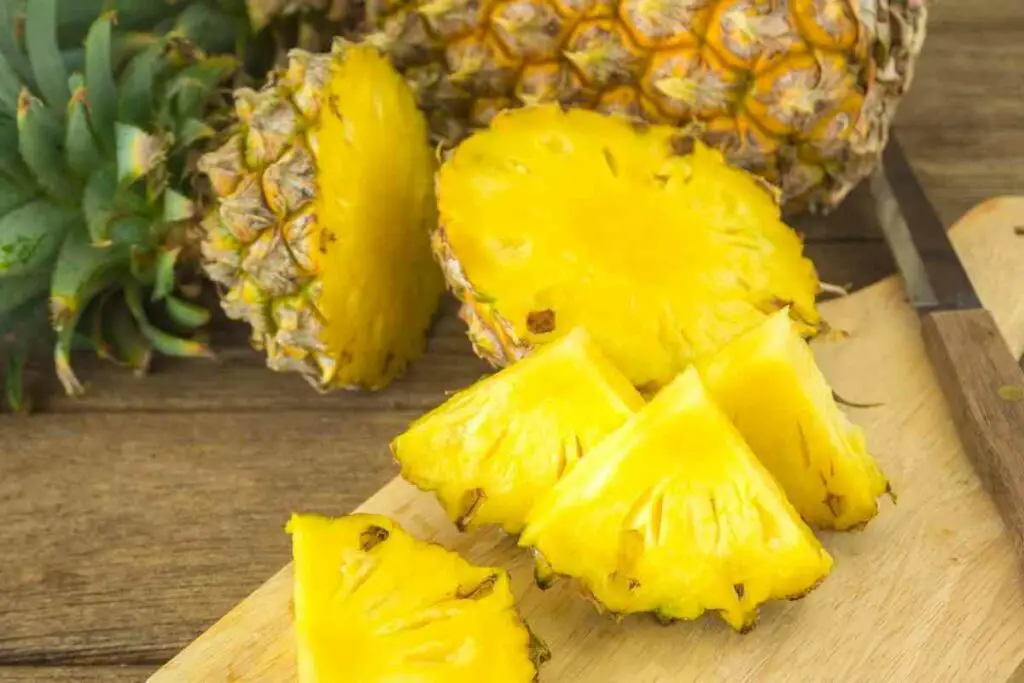
Essentially, parthenocarpy is the process of developing fruit without fertilizing the plant, leading to the plant producing sterile fruits.
Here’s a quick breakdown of these forms of parthenocarpy:
- Stimulated parthenocarpy: Pollination occurs, but there’s no fertilization. The pollen might not be effective at fertilizing or only simulates it. The most common example is when a wasp interacts with a flower using its ovipositor.
- Vegetative parthenocarpy: There is no pollination, but the plant still produces fruit. Without pollination, there are no seeds within the fruit.
Parthenocarpy can occur naturally in the wild, although it’s extremely uncommon.
Most fruits that are seedless today were made that way by people.
Although, pineapples and some types of bananas possibly became this way without the influence of people.
Why Do Farmers Make Seedless Fruits?
Seedless fruits are so common that we often eat them without thinking about how or why they became that way.
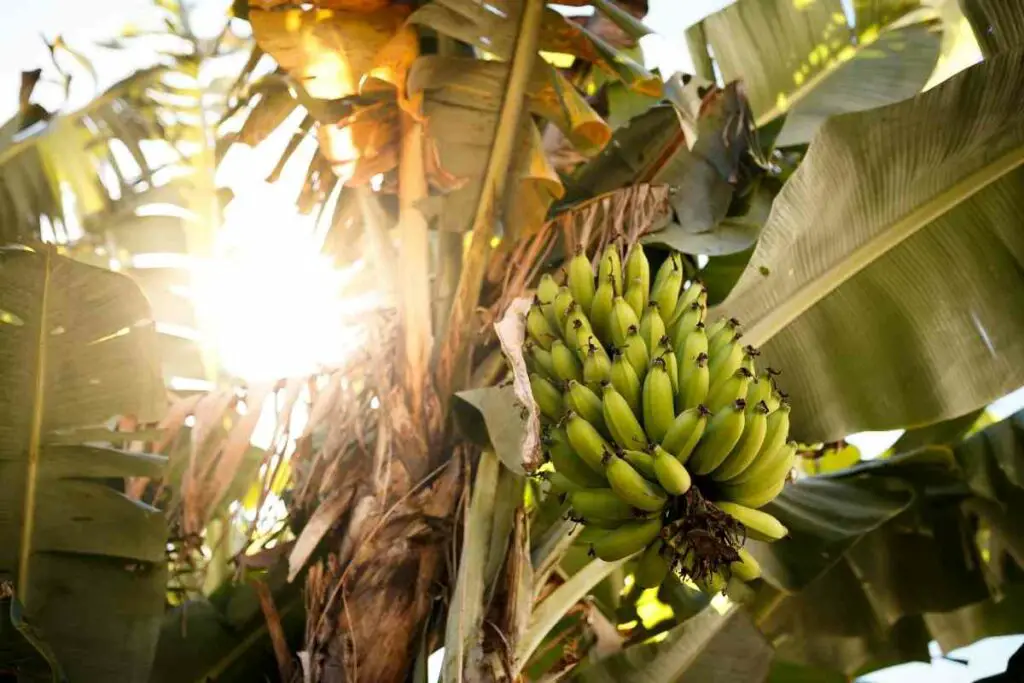
However, there are several reasons why farmers cultivated them that way:
- First of all, seedless fruits are largely more appealing to consumers. You don’t have to cut the fruit and pick out the seeds to enjoy eating it. Think about seedless cherries and compare them to ones with the pits— they both taste good, but the pitless versions are easier to eat. The same goes for grapes.
- Secondly, farmers don’t have to use chemicals on seedless produce because they don’t attract invasive insects as often. Without the need for pollination, fewer insects are drawn to the plants. Thirdly, farmers can receive higher crop yields at a lower production cost when they grow seedless fruits.
- Lastly, seedless fruits have a longer shelf life than those with seeds. That means they stay fresh in the store and are still good to eat when you bring them home. Overall, making produce seedless comes with plenty of benefits, so farmers are more likely to use those growing methods.
Are Seedless Fruits Healthy?
Seedless fruits are healthy— they’re still fruit, after all!
However, without seeds, they do contain less fiber and fewer nutrients.
Still, the fruit’s flesh is the most nutritious part, so you’re not losing as much nutritional value as you might expect. It’s a common misconception that seedless fruits aren’t healthy for you.
There’s nothing wrong or harmful with seedless fruits.

Remember, seedless fruits can occur in the wild, so it’s not as unnatural as it may sound. Often, we need to make seedless versions of produce for it to be edible.
For example, wild bananas are full of ball-shaped seeds, which makes them impossible to eat.
If people never grew them to not have seeds, you probably wouldn’t be able to find bananas in the grocery store today.
Modern bananas are very healthy for you; they contain many nutrients and are a great source of fiber and potassium.
Seedless fruits are GMO, but that doesn’t make them bad.
In Fact – It makes them easier to grow, requires fewer pesticides, and makes the fruit more appealing. They’re still nutritious and healthy for you, making fruit an essential part of our diets.
How Do New Seedless Fruits Grow?
Once you have a plant, you can use parthenocarpy to produce fruit.
However, where does the plant come from if there are no seeds? It’s something any people think about when eating a seedless fruit.
Seedless fruit plants often start from asexual propagation or grafting.
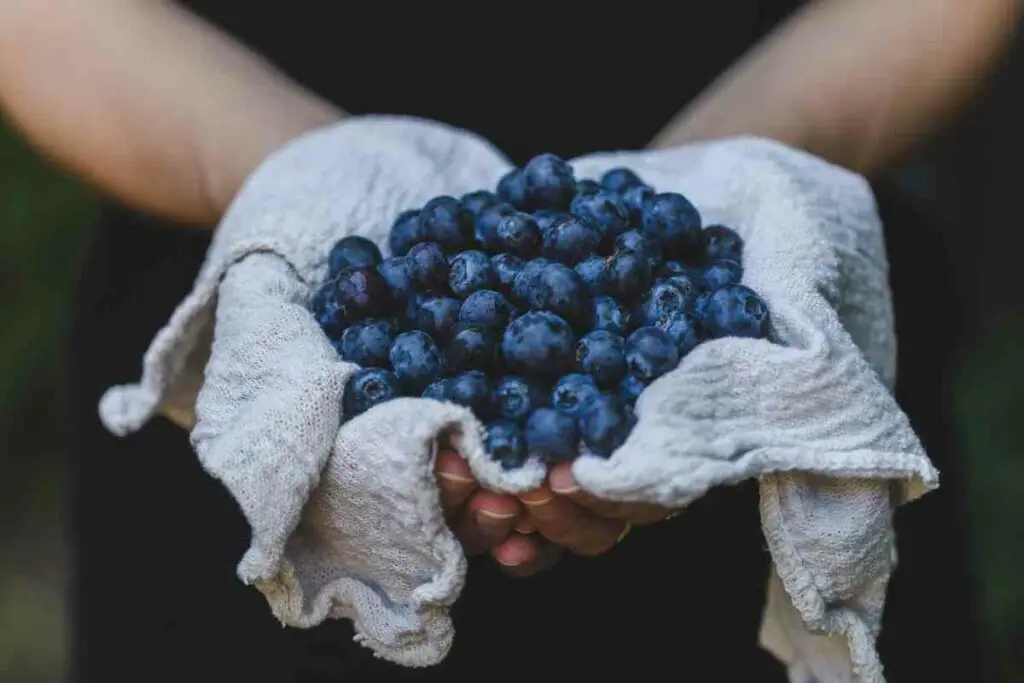
Asexual propagation occurs when you cut part of an adult plant and replant it, causing it to grow into a new one. Farmers use this process to create new navel orange plants.
Once you have a seedless fruit plant, you can propagate it to create an infinite amount of them.
They’re technically a clone of the original plant, making no need for seeds. So, you don’t need to use seeds to grow a fruit plant when using this method.
Grafting is when you combine two parts of a plant to make a new one. Often, the top portion of a plant connects with the root system of a second plant.
This process can create seedless plants and reduces the odds that the new plant will get a disease. Asexual propagation and grafting are also essential for creating plants that produce higher yields and resist diseases and pests.
Conclusion
A majority of fruits have seeds, but there are some seedless options. For example, bananas and some types of grapes are seedless.
Farmers can also breed fruit that does not have seeds. That is why you can find seedless watermelons at the market, despite them naturally containing seeds in the wild.
Read more about these above.
- How to Dry Basil Leaves: A Professional Guide
- Is an Avocado a Fruit or Vegetable? Simple Answer and Explanation
- Does Pineapple Have Seeds? Exploring the Anatomy of Pineapples
- Blooming Through Winter: Can I Grow Vegetables Indoors in the Winter?
- What Can You Grow in a Greenhouse All Year Round: A Guide to Year-Round Greenhouse Gardening
- Are Blueberries Blue? Debunking the Myth of Their Color




